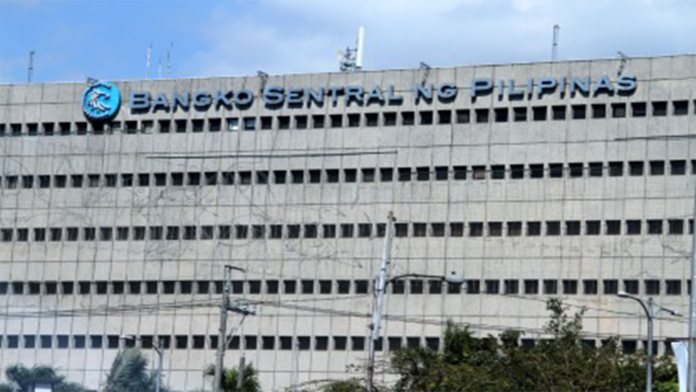An economist has raised the possibility of another cut in the Bangko Sentral ng Pilipinas’ (BSP) key rates by August this year to show its willingness to further support the economy’s recovery.
“BSP actually has room for further easing just to signal that they’re willing to support growth recovery into faster track,” University of Asia and the Pacific (UA&P) economist Dr. Victor Abola said during the virtual briefing of the First Metro Investment Corporation (FMIC) on Wednesday.
He forecasts monetary authorities to start the unwinding of monetary policy measures, which were implemented from 2020 to help buoy the domestic economy from the impact of the pandemic, by the end of 2021 or the first quarter of 2022.
“(Monetary officials may start easing) as soon as they see that the acceleration in growth is getting back into our growth path of the past,” he added.
Last year, BSP’s policy-making Monetary Board (MB) slashed the central bank’s key rates by a total of 200 basis points to encourage lending among banks and borrowing among households and businesses and to ensure that economic activities remain robust.
The Board also reduced banks’ reserve requirement ratio (RRR) by as much as 200 basis points and allowed for a certain period banks’ lending to micro, small and medium enterprises (MSME) as RRR compliance.
Asked for his outlook on possible BSP decision on RRR, Abola discounted any adjustment thus far.
“That will be on hold because any change has a very big impact not only in terms of numbers but behaviorally,” he said.
Abola said growth of domestic liquidity or M3 is slowing, and this “reflects the banks’ not lending sufficiently.”
As of last May, M3 growth slowed to 4.7 percent from the previous month’s 5.2 percent.
Bank lending has been decelerating since December last year but the rate of decline last May was slower at 4 percent compared to month-ago’s 5-percent contraction.
Monetary authorities have attributed the decline in bank lending growth to financial institutions being cautious on extending loans on account of the impact of pandemic on borrowers.


